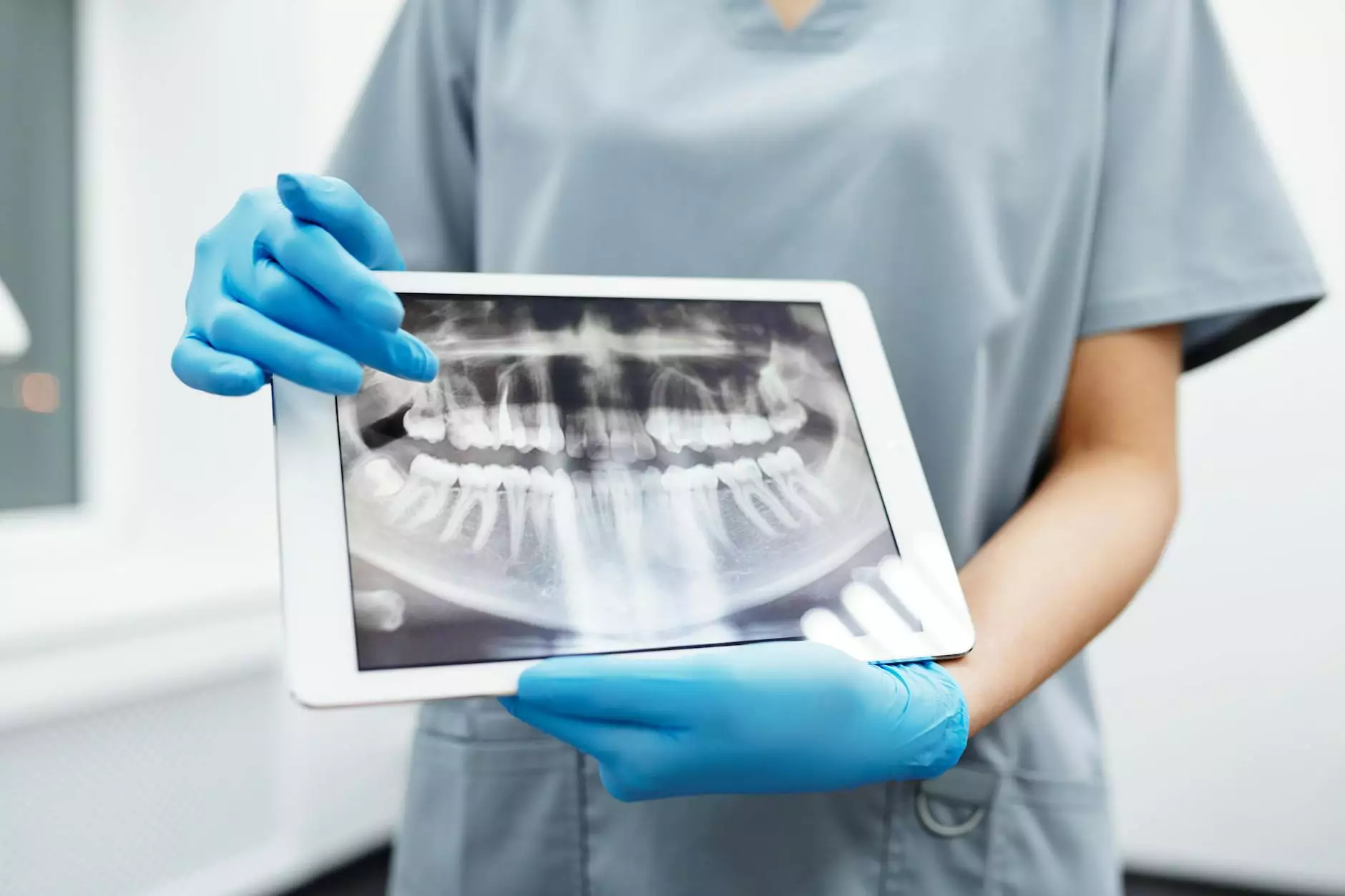The Effects of Unilateral Salpingo-Oophorectomy: A Comprehensive Overview

Unilateral salpingo-oophorectomy is a surgical procedure that involves the removal of one ovary and one fallopian tube. While this operation can be crucial for certain medical conditions, it is essential to understand the wide-ranging effects associated with it. In this article, we delve into the various aspects of this surgery, its indications, and what patients can expect in terms of recovery and long-term health implications.
1. What is Unilateral Salpingo-Oophorectomy?
The term unilateral salpingo-oophorectomy combines the Greek and Latin roots where "salpinx" refers to the fallopian tube, and "oophorectomy" refers to the removal of an ovary. This surgery is often employed in cases of:
- Ovarian cysts: Large or symptomatic cysts may necessitate removal to alleviate pain or prevent complications.
- Endometriosis: In cases where endometrial tissue grows outside the uterus, surgical intervention can help relieve symptoms.
- Ovarian tumors: Both benign and malignant tumors may require surgical removal to ensure patient safety and prevent further health complications.
- Sepsis or infection: Severe infections involving the ovary or fallopian tube may require their removal.
2. Short-Term Effects of Unilateral Salpingo-Oophorectomy
After undergoing a unilateral salpingo-oophorectomy, patients can experience a variety of short-term effects. These may include:
- Pain and Discomfort: It is common to feel pain in the area of the operation. This discomfort can range from mild to severe, and prescriptions for pain management are typically provided.
- Swelling and Bruising: The surgical site may exhibit swelling or bruising, which is part of the healing process.
- Fatigue: Patients often report fatigue following the surgery, which can last from a few days to weeks as the body works to heal.
- Emotional Responses: Many women may experience emotional fluctuations, including anxiety or depression, following their surgery due to hormonal changes and physical adjustments.
3. Hormonal Changes Post-Surgery
The removal of an ovary can lead to significant hormonal changes in a woman’s body. The remaining ovary typically compensates for the lost function, but it’s important to monitor these changes:
- Menstrual Cycle Alterations: Women may notice changes in their menstrual cycles. Some may experience lighter or irregular periods, while others might not notice significant changes.
- Menopause Symptoms: If the remaining ovary is not functioning optimally, early menopausal symptoms can manifest, including hot flashes, night sweats, and mood swings.
- Hormone Replacement Therapy: In some cases, doctors may recommend hormone replacement therapy to manage severe symptoms and maintain hormonal balance.
4. Long-Term Effects of Unilateral Salpingo-Oophorectomy
Understanding the long-term effects of unilateral salpingo-oophorectomy is crucial for informed decision-making. Among the potential long-term effects are:
- Risk of Ovarian Failure: Although the remaining ovary may compensate, there is still a risk of ovarian failure, especially as women age.
- Bone Density Loss: Estrogen plays a crucial role in maintaining bone density. A decrease in estrogen levels can increase the risk of osteoporosis.
- Cardiovascular Health: Some studies suggest that estrogen has protective effects on the heart, and its reduction can potentially lead to an increased risk of cardiovascular diseases.
- Emotional and Psychological Effects: Many women report ongoing emotional challenges and anxiety post-surgery, especially regarding their reproductive health aspects.
5. Recovery Process
The recovery process after a unilateral salpingo-oophorectomy typically involves several stages and considerations. It is vital for patients to be aware of what to expect:
5.1 Immediate Postoperative Care
In the immediate days following the surgery, patients should focus on:
- Rest: Adequate rest is essential for healing. Patients should avoid strenuous activities and allow their bodies to recuperate.
- Follow-Up Appointments: Regular check-ups with the healthcare provider to monitor healing and manage pain effectively.
- Wound Care: Keeping the surgical site clean and dry, as per the doctor's instructions, to prevent infection.
5.2 Long-Term Health Monitoring
Long-term monitoring is important for addressing ongoing health issues post-surgery:
- Routine Check-Ups: Regular visits to healthcare providers to monitor reproductive health and hormone levels are essential.
- Bone Health Screenings: Periodic screenings for bone density may be recommended, especially for those experiencing menopausal symptoms.
- Psychological Support: Engaging in counseling or support groups can be beneficial for addressing emotional health.
6. Strategies for Coping with the Effects
Coping with the effects of unilateral salpingo-oophorectomy involves both physical and emotional strategies. Here are some effective approaches:
6.1 Physical Health Management
Maintaining physical health post-surgery can impact recovery and overall well-being:
- Regular Exercise: Engaging in low-impact exercise such as walking, swimming, or yoga can help improve physical strength and mood.
- Balanced Diet: A well-rounded diet rich in calcium and vitamin D supports bone health and hormonal balance.
- Hydration: Staying well-hydrated is crucial, especially during recovery.
6.2 Emotional Well-Being
Addressing emotional health is equally important:
- Join Support Groups: Connecting with others who have undergone similar experiences can provide emotional support and sharing of coping strategies.
- Mindfulness and Relaxation Techniques: Practices such as meditation and deep breathing can help reduce anxiety and promote emotional stability.
- Therapy or Counseling: Seeking professional help can be beneficial in processing feelings of loss or anxiety related to changes in reproductive health.
7. Conclusion
Understanding the effects of unilateral salpingo-oophorectomy is imperative for patients considering or recovering from this surgery. Being informed about the potential short-term and long-term effects, recovery processes, and coping strategies can empower individuals to manage their health effectively. Collaboration with healthcare professionals ensures personalized care tailored to each woman's unique needs.
By actively engaging in recovery and embracing both physical and emotional wellness, women can navigate the changes brought about by this procedure while maintaining a fulfilling and healthy life.
For more information about gynecological health, visit drseckin.com.









